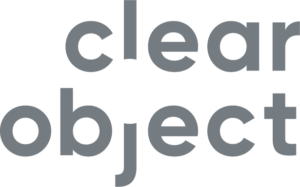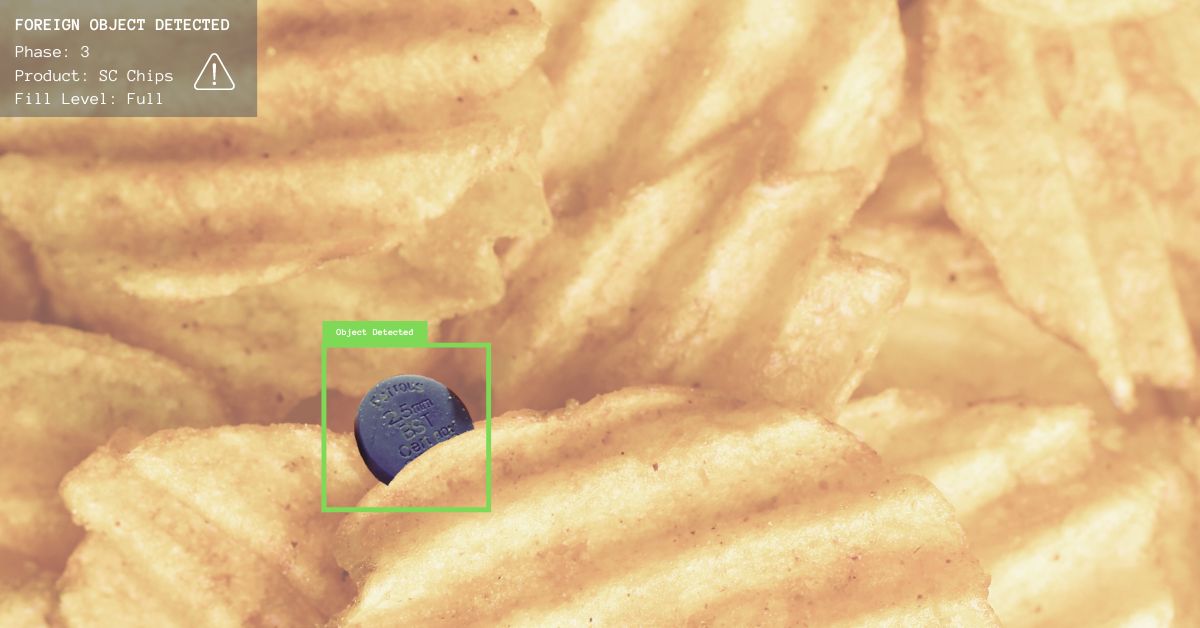Imagine Bob. Bob has been working on the french fry production line for 15 years, watching fries go by, making certain that the fries look good and that nothing that isn’t a french fry gets into the packaging.
Now imagine one of the production facility’s sources for potatoes has a problem where the local teens like to hit golf balls into their fields. Sometimes those golf balls get picked up and processed. Metal detectors won’t catch it, X-rays might notice something. But mostly, we’re depending on Bob.
Bob is reliable and good at his job, but at the end of his long shift, is Bob going to notice some pieces of a golf ball mixed in with the fries? Maybe, maybe not. But Susan, the customer, will 100% notice when she opens the bag to pour frozen french fries into her air fryer… and she won’t be happy.
The food and beverage industry is embracing new technologies to enhance safety standards in an era where consumer health and product quality are paramount. The U.S. Food and Drug Administration (FDA) estimates that recalls of single products can cost global companies around $10 million. Metal detectors and X-rays are standard, but not foolproof. Vision AI solutions are beginning to be implemented as a transformative tool for foreign matter detection and quality control. As companies strive for excellence in production processes, integrating AI technologies is not just an option but a necessity for future-proofing food safety.
Vision AI is revolutionizing detection processes by leveraging machine learning and sophisticated image recognition technologies. This powerful combination allows for the detection of foreign materials that are often missed by the naked eye, enhancing the safety and overall quality of products.
Simply put, Vision AI uses advanced, custom algorithms to turn images from any camera into useful data, recognizing deviations from the norm. Images can be used to track product size, line speed, shapes, counts, and yes, even recognize objects that are not supposed to be there.
Enhancing Detection Capabilities with Vision AI
Despite rigorous existing standards, unexpected foreign materials can still slip through conventional detection processes. These contaminants can range from minuscule shards of glass to barely noticeable pieces of plastic, wood, or metal, posing significant risks to consumer health and company reputations. Traditional methods rely heavily on human inspection and essential machinery, which, despite best efforts, may not catch every anomaly.
This is where Vision AI comes into play, offering a much-needed enhancement to detection capabilities. By integrating high-resolution cameras and intelligent algorithms, Vision AI systems are designed to identify and flag anomalies at a speed and accuracy far beyond human capabilities. These systems analyze visual data in real-time, learning and adapting to recognize various materials that should not be present in food products.
When foreign matter is detected, inspectors can be alerted to take action right away. By quickly correcting any issues, production rates increase while waste decreases.
Quality Control Refined
Vision AI not only spots foreign objects but also assists in enforcing quality standards in manufacturing processes. It provides consistent, 24/7 monitoring without fatigue, significantly reducing the margin of error. By automating the detection process, companies can ensure that only products meeting the highest quality standards reach the consumer. This level of consistency in monitoring helps maintain brand integrity and builds trust with consumers increasingly concerned about food safety.
Addressing Hidden Contaminant Risks
Hidden contaminants in food production are a recurring nightmare for quality control managers. The most minor oversight can lead to massive recalls, legal issues, and a tarnished brand image. Vision AI acts as an advanced layer of defense, allowing manufacturers to detect and address these risks before they become a significant issue. Its ability to learn and adapt to various production environments makes Vision AI an indispensable tool for identifying risks that may otherwise go unnoticed.
Vision AI provides insights into potential vulnerabilities within the production line through detailed analytics and reporting, allowing for proactive adjustments and continuous process improvement. This proactive approach to addressing hidden risks enhances safety and optimizes manufacturing efficiency.
Revolutionizing Operations with Vision AI
The integration of Vision AI in food and beverage manufacturing is set to revolutionize operational processes. This technology elevates product quality and safety and drives efficiencies, reducing waste and downtime associated with traditional quality control methods. The future of food and beverage manufacturing, powered by AI, promises enhanced operational capabilities where safety and quality are given top priority.
Our friend Bob is as great at his job as any human can be, but even Bob gets distracted and needs a helping hand, or camera, to maximize efficiency.
Need more information?
Contact ClearObject today to explore how Vision AI can be integrated into your food and beverage manufacturing processes and take a step towards futuristic food safety standards.
Let us help you embark on a journey towards smarter, safer, and more efficient manufacturing solutions.

